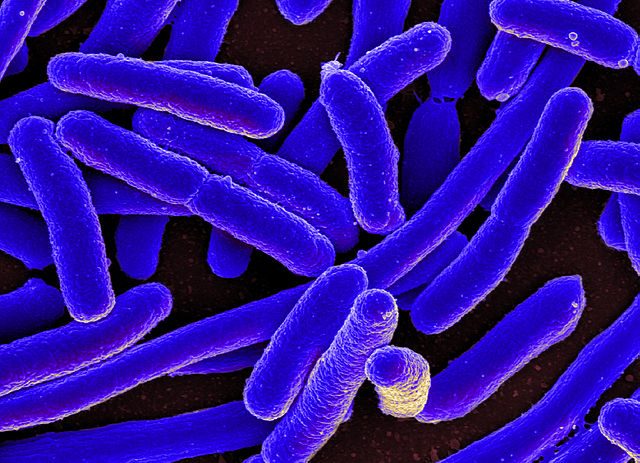Have you ever been sitting on the subway and wondered about all the bacteria that live there? No? Maybe next time you will. Bacteria inhabit every part of our world from our guts to our kitchen surfaces. For a long time, people have known that bacteria inhabit our cities, yet it was not until recently that researchers began to examine the urban microbiota in more detail1. When the researchers surveyed the Boston transit system, it was discovered that the metal poles, often treated with suspicion, retain much less bacterial biomass than the seats or the plastic hand grips. Unsurprisingly they also found that everything was covered in skin cells.
At the recent Microbes in the City conference in New York, researchers revealed their latest discoveries about city-dwelling bacteria. One of the latest pieces of field research focused on the inhabitants of the New York subway system that transports around 5.5 million people every week, with each of these people carrying around their own collection of bacteria.
Using high throughput sequencing, the scientists discovered almost 1700 known, mostly harmless, groups of bacteria living underground. The researchers took swabs of all 468 subway stations in New York and found an abundance of microorganisms2. Around half of the genomes sequenced do not match with any known bacteria, showing how little we know about this microscopic world. Of the known species found, 57% were non-pathogenic and 31% were opportunistic pathogens which are harmless to the majority of people. However, 12% of the bacteria found were known pathogens including the bubonic plague (Yersinia pestis) and anthrax (Bacillus anthracis)3. One subway station still contains marine bacteria from the flooding caused by Hurricane Sandy in 2012! Interestingly, the microbiomes of the subway stations change throughout the day with different bugs having different peak travel times.
So next time you are taking the subway, take a moment to think about the millions of bacteria you are sharing your journey with. You’ll never feel alone again!
Edited by Debbie Nicol
References
- Ehrenberg, R. Urban microbes come out of the shadows. Nature. 2015; 522(7557) 399-400. doi:10.1038/522399a
- Askt, J. Metropolome. The Scientist. 2013; 27(12)
- Afshinnekoo et al. Geospatial Resolution of Human and Bacterial Diversity with City-Scale Metagenomics, CELS. 2015; (in press). DOI: http://dx.doi.org/10.1016/j.cels.2015.01.001

